What is your favourite native tree? Oak? Rowan? Ash? Birch? Hazel? Holly? Alder? Wild Cherry? Yew? Willow? Scots Pine?
My own is one that’s strangely underrated by too many Irish gardeners. I say strange because it’s ultra-hardy, exceptionally versatile, tolerant of a very wide range of challenging growing conditions (including exposed coastal conditions, atmospheric pollution and drought) and supremely pollinator-friendly as well as supportive of a huge diversity of wildlife.
Not only that, it offers multiple seasons of interest from the soft, scented clouds of pale, pollen-rich, edible blossom that cover it in late spring to the clusters of scarlet berries or haws that festoon its bare branches right into late winter.
Those same blood-red berries are a valuable food for many kinds of visiting garden birds and can also be used to make nourishing jellies, jams, relishes, liqueurs, and wines (just make sure to remove the seeds).
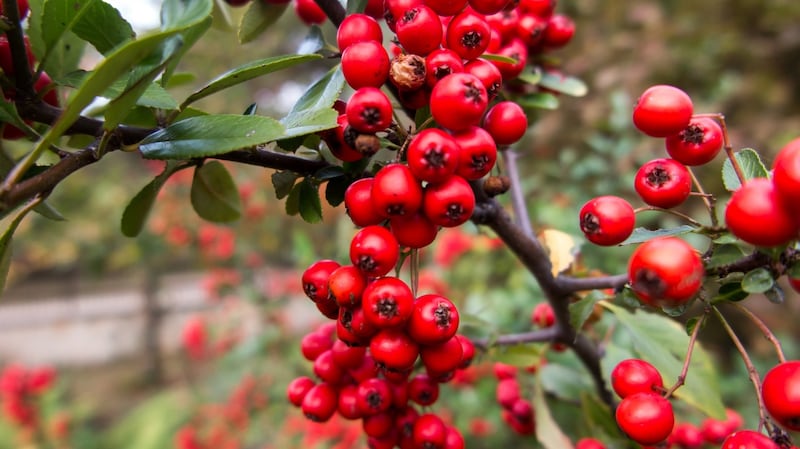
As befits a species that can be found growing in pretty much every corner of Ireland, this same small native tree also has a long history of use in folk medicine as a treatment for heart disease, high blood pressure and high cholesterol as well as for various skin ailments.
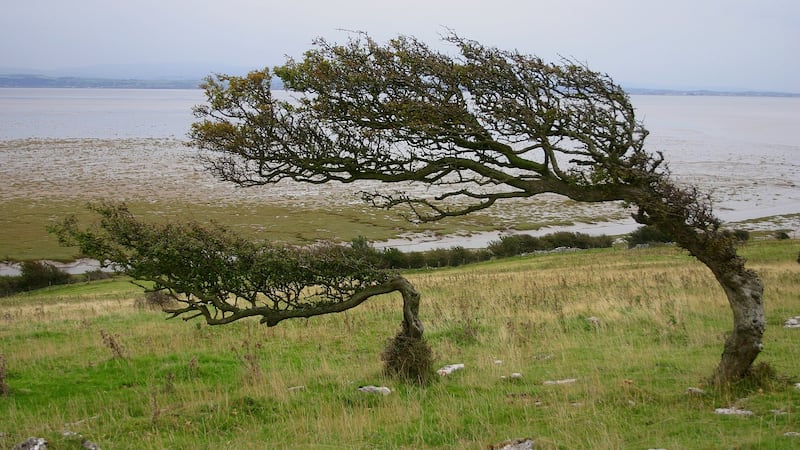
Its place within Irish folklore is also firmly established as the long-lived, lone fairy tree or sceach gheal whose presence in the middle of a field or near a holy well traditionally marks a spot where the little people like to congregate, while it’s also a pagan symbol of fertility.
I am, of course, talking about our native hawthorn, Crataegus monogyna, also sometimes known as whitethorn or the May bush, a species so ubiquitous that we’ve somehow come to take its many outstanding qualities almost for granted.
Perhaps the fact that it grows so readily in the wild is the reason why we’re often reluctant to use it in a garden setting. Yet this is the very same reason why it always looks so at home in the latter. Yes, it’s true that its sharp, thorny branches can give a nasty scratch if you’re not careful, but they also act as a valuable deterrent for unwelcome intruders.
Plus there’s no need to worry about this slow-growing, deciduous species ever getting too big for its boots. Grown as a specimen tree, it happily tolerates hard pruning and can be easily skirt-lifted (its leafy canopy reduced by artful removal of some of its lower branches) to open up planting space beneath and around it as well as to highlight its ruggedly sculptural good looks.
It’s also brilliant when grown as a livestock-proof, nature-friendly boundary hedge, centuries-old examples of which can be found in farm-fields in every county in the country.
Super plant
In an urban setting, that same leafy canopy is noted for its ability to reduce air pollution while hawthorn has also recently been named by the UK's Royal Horticultural Society (RHS) as a "super plant" for its ability to help combat the effects of weather extremes caused by climate change such as spot flooding and drought.
Ireland’s native species, Crataegus monogyna aside, a handful of closely-related varieties are eminently garden worthy. Best known is Crataegus laevigata Paul’s Scarlet, which is prized for its very pretty display of deep rose-pink, double flowers in spring.
Just like our native hawthorn, it’s also exceptionally wildlife-friendly and while not quite as hardy (it won’t, for example, grow as well in a very exposed coastal garden), it will still tolerate a wide range of growing conditions except for very deep shade or very wet, waterlogged soils.
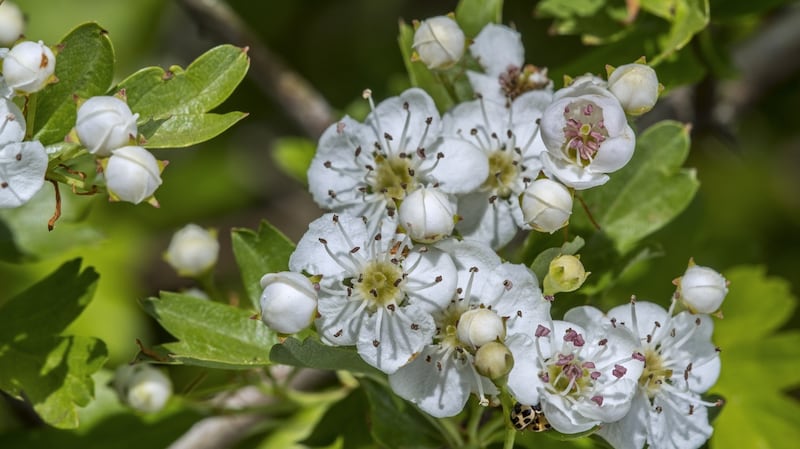
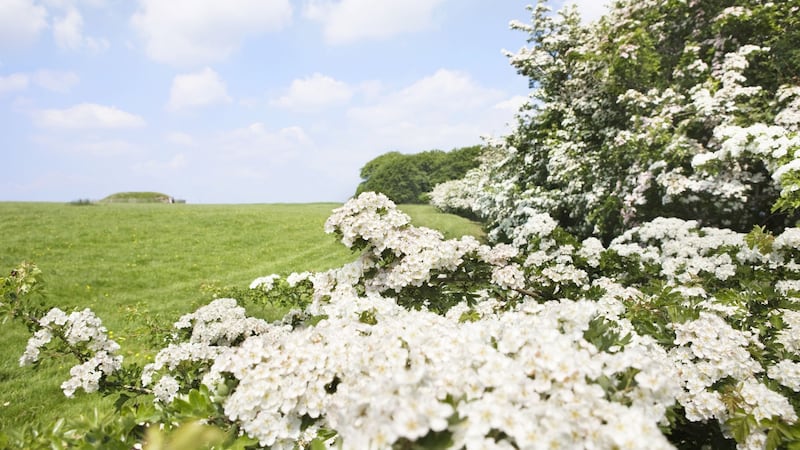
Crataegus laevigata Rosea Flore Pleno, is a similarly double-flowered form with dusty-pink spring blossom. Or for something even gentler, seek out Crataegus laevigata Plena, a double-flowered form with clusters of creamy-white blossom in April-May that slowly fade to pale pink as they age.
Another exceptionally lovely, garden-worthy species is the plum-leafed hawthorn, Crataegus persimilis – Prunifolia Splendens – a small, hardy, very ornamental tree that’s similarly tolerant of a wide range of soils and growing conditions including exposed coastal sites (it also makes a great hedge for a seaside garden).
Just like common hawthorn, it offers multiple seasons of interest from its pale, pollinator-friendly spring blossom to its large, lustrous red berries and brilliantly colourful foliage in autumn when its leaves turn to rich shades of copper, gold and orange before falling.
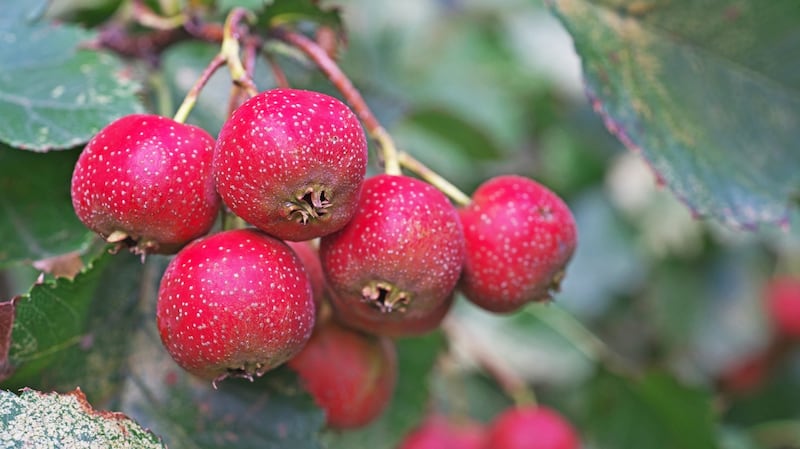
Along with our native hawthorn and the ornamental forms of the non-native Crataegus laevigata or midland hawthorn as it’s known in the UK, the plum-leafed hawthorn grows relatively slowly, gradually forming a small dome-shaped tree that will reach approximately 7-10 metres in height and spread after 25-30 years.
Other more unusual species/varieties include the Chinese hawthorn (Crataegus pinnatifida var major Big Golden Star), a nearly thornless variety with pale spring blossom followed by almost apple-sized, pear-shaped red haws and crimson autumn foliage; and Lavallée’s hawthorn (Crataegus x lavalleei), a hybrid species with white blossom followed by rich-orange haws and great autumn foliage colour.
Timing
The best time to plant? As for almost all deciduous woody species, the ideal time to plant a hawthorn tree or hedge is in late autumn (from the end of October until early December) when plants have entered a state of dormancy or hibernation and the soil is damp but still warmish rather than sodden and/or frozen.
Failing that, they can also be planted from early to mid-spring (late March) as long as ground conditions are suitable and you are willing to keep them watered when and if drought threatens.
To save on costs as well as the labour of digging extensive planting holes, seek out bare-root specimens from a good Irish nursery or garden centre, making sure to place your order in the coming weeks to ensure the widest choice.
Another alternative is to harvest the ripe seeds of hawthorn by collecting a few handfuls of their blood-red berries in the coming weeks. Place these in a container indoors for a week or so before gently mashing them to extract the seeds.
Then mix them with a handful or two of damp seed compost and some sharp horticultural grit or vermiculite (available in most good garden centres), pop the lot in a plastic freezer bag and place it in the bottom of your fridge for a couple of weeks, a process called stratification that mimics the conditions the seed needs in the wild to trigger germination.
After this period of chilling, the seed and compost mix should be put in a seed tray, labelled and then covered with a light layer of sharp grit or vermiculite before being placed outdoors (make sure not to let it ever completely dry out) and left to germinate.
With National Tree Day taking place next week (see below for details)) this is, of course, also a great time of the year to celebrate the beauty, resilience and special magic of one of our loveliest and most underappreciated of native trees in all its vivid autumn glory. Just don’t try to hug one . . .
This Week in the Garden
Plant garlic, making sure to choose varieties suitable for overwintering and using only healthy, plump, unblemished cloves to avoid the risk of accidentally introducing disease into your garden or allotment.
Choose a very sunny, open spot and free-draining but fertile, weed-free soil, adding some well-rotted garden compost, a few handfuls of pelleted organic fertilizer and if you have it, a scattering of wood ash about a week before planting, spacing the cloves pointy-tip up with 10cm-20cm between each clove and 30cm between rows, and burying them to at least twice their depth.
Varieties suitable for planting in autumn include Early Wight, Messidrome, Vallelado, Red Duke, Lautrec Rose,Chesnok Red, Germidour, Arno, Marco, Thermidrome, Solent Wight and Cristo.
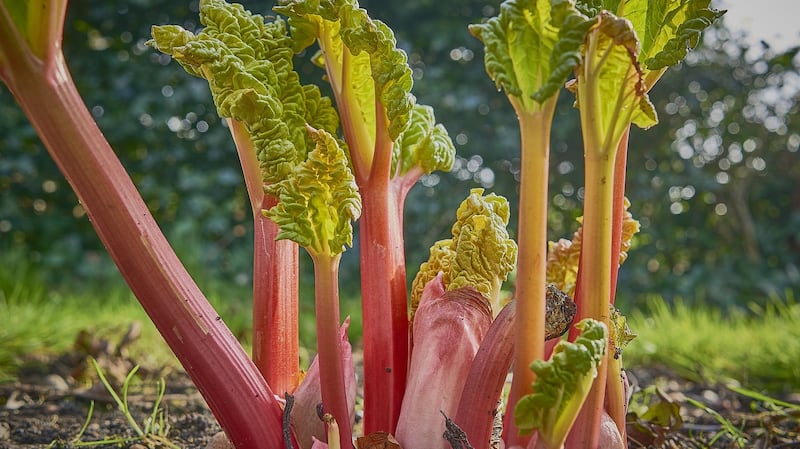
October is a great time of the year to plant rhubarb, but make sure to give it a fertile, well-drained but moisture-retentive soil enriched with well-rotted manure and/or homemade compost in a sunny, weed-free area of your garden or allotment far away from the shade and root systems of established trees or shrubs. Recommended varieties include Hawke’s Champagne, Timperley Early and the autumn-cropping Livingstone.
Dates For Your Diary
Thursday, October 7th, National Tree Day 2021, see treeday.ie for details of this annual nationwide event.










